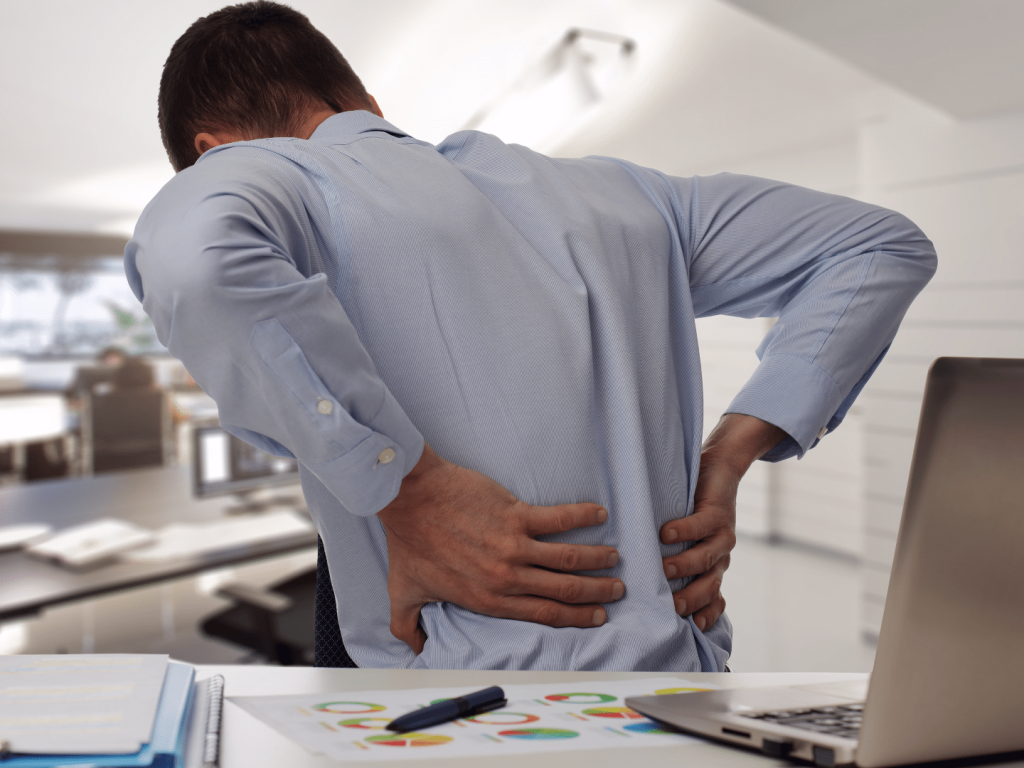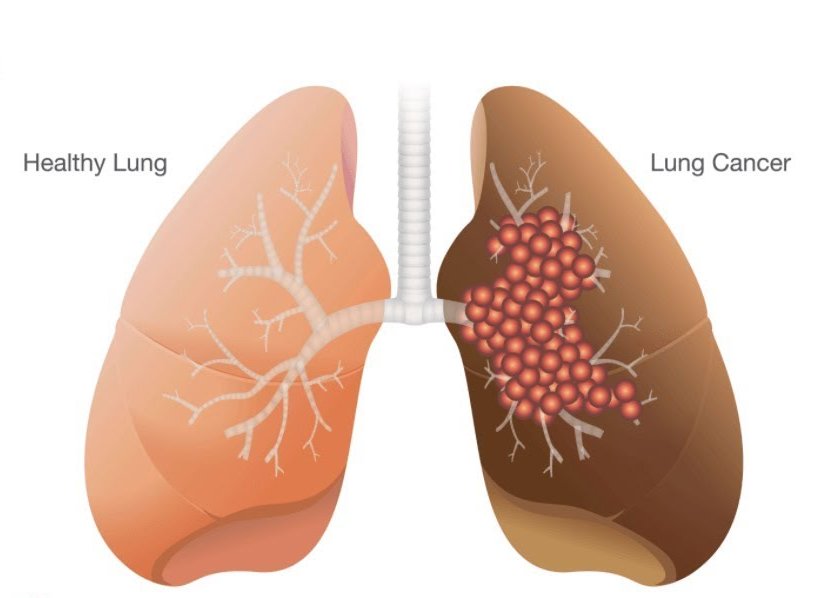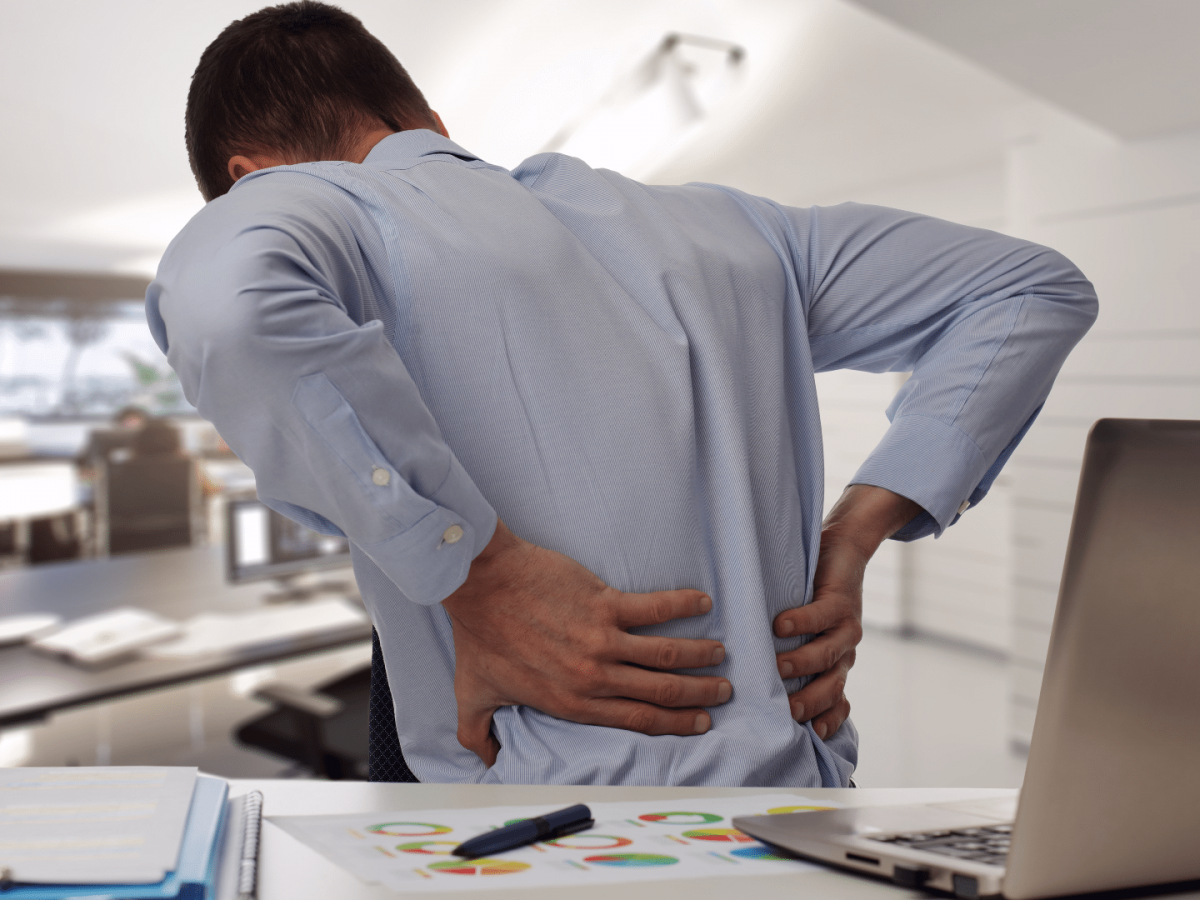Table of Contents
- Smoking and Pain
- Smoking and Back Pain
- Taking Care of the Whole Spine
- Smoking and Joint Pain
- Quitting Smoking
Over the last five years, numerous research studies have reported that smoking is associated with chronic pain, especially in the back and joints. There are a number of reasons for the association of smoking and pain that include the impact on brain circuitry and the vascular system.
Smoking and Pain
Researchers have discovered a link between smoking and pain. People may find short-term pain relief as nicotine triggers the release of dopamine, a neurotransmitter that plays a role in the feeling of pleasure. However, the relief is short-lived. The reality is the smoker is likely going to feel more pain over the longer term.
The link between smoking and chronic pain is due to the ability of nicotine and other chemicals to:
- Narrows blood vessels, reducing blood flow to the muscles, bones and organs
- Decrease the rate of exchange of carbon dioxide and oxygen in the blood
- Slow healing
- Increase blood pressure
- Increase feelings of fatigue
Chronic pain is considered that lasts more than three months. Smoking causes a general deterioration of the body’s condition and not just the lungs. When the body heals slower and organs and other tissues are not functioning properly, feelings of pain intensify.

Smoking and Back Pain
Can smoking cause back pain? Though smoking impacts the entire body, it is also known to be specifically associated with chronic back pain, especially in the lower back. A lot of research has been conducted, but medical studies have not proved without a doubt that smoking causes back pain.
However, researchers have found a statistical correlation and continue to study the relationship of smoking to back pain. There are higher rates of chronic low back pain among smokers compared to non-smokers, and smokers experience more severe pain.
Current evidence does demonstrate the link between smoking and impairment of the vascular system and bone healing. The spine is made up of bones called vertebrae that are separated by cushioning discs made of an outer ring of fibrous cartilage and a softcore. Vertebrae and spinal discs need a healthy supply of nutrient and oxygen-rich blood to resist degeneration.
Since smoking reduces blood flow, the nutrients and oxygen are not delivered in the amounts required to keep bones, cartilage, muscles and other tissues healthy. Spinal discs already have limited blood flow, so depriving them of these elements can cause them to deteriorate at a much faster rate than would normally occur during the aging process.
There is also research from Northwestern University that found smoking interferes with the brain circuitry that is involved in pain feelings. That study and subsequent ones have found that brain receptors are desensitized, which makes a lower level of pain feel more severe.
Smokers have a higher risk of developing medical conditions, like osteoporosis and lumbar disc disease. Smoking also creates problems with bone healing, which can lead to chronic back pain after an injury or when other back problems develop. Considering all this information together, the result is that smokers are more likely to experience chronic back pain than non-smokers.
Taking Care of the Whole Spine
Spinal deterioration can occur anywhere along the spine due to smoking, and not just in the lower back. The upper back pain smoking patients experience in the spine is due to the same reasons as smoking and lower back pain.
According to the Centers for Disease Control and Prevention, smoking is the cause of up 80-90% of lung cancer, and pain in the upper back and chest is one symptom of lung cancer. Persistent upper back pain should be assessed by a physician as soon as possible.

Smoking and Joint Pain
A slowdown in blood circulation can have the same impact on joints, creating a compounded situation in which supporting joints like the hips and knees deteriorate. The restricted blood flow contributes to cartilage loss and bone deterioration. Smokers may develop osteoarthritis faster and experience worse chronic pain than a non-smoker.
Quitting Smoking
Naturally, the next question is whether quitting smoking will ease back and/or joint pain. Quitting smoking can:
- Decrease the chances of developing back pain
- Help reduce the severity of pain
- Reduce the chances of developing lung cancer
- Contribute to a healthier body
- Improve the quality of life

Sometimes, former smokers have already caused damage to their spine or joints from smoking and develop a painful medical condition, like osteoporosis in the spine. It is still important to quit smoking because smoking causes so many health problems, and pain from medical conditions in the back and joints may be less severe than it would if continuing to smoke.
In fact, quitting smoking and pain management for all medical conditions go hand-in-hand. For most people who quit smoking, back pain or joint paint is at least reduced. Smoking can also interfere with the ability of pain medications to work as intended. These are two very good reasons to quit smoking.
